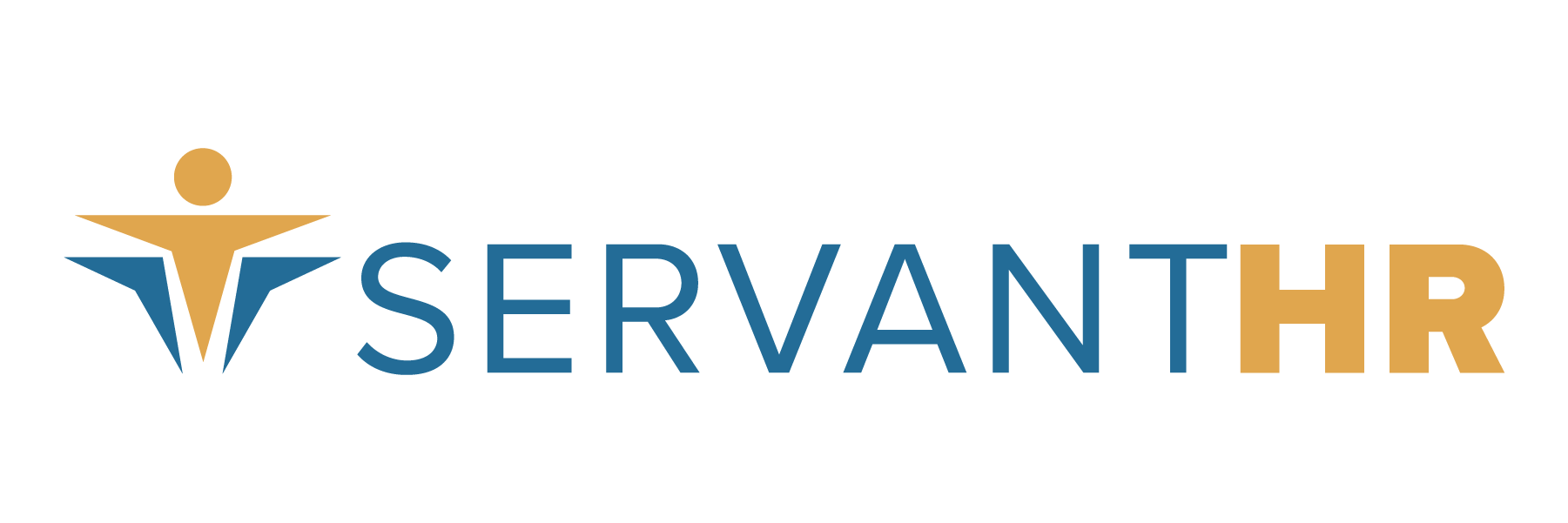[et_pb_section fb_built=”1″ _builder_version=”3.19″ background_color=”#f2f2f2″][et_pb_row _builder_version=”3.19″][et_pb_column type=”4_4″ _builder_version=”3.19″ parallax=”off” parallax_method=”on”][et_pb_text _builder_version=”3.19″]
A W-2 tax form shows the amount of income and amount of taxes withheld from your paycheck for the year and is used to file your federal and state taxes.
The IRS requires W-2’s be mailed by employers and postmarked by January 31st. For us at Servant HR, that means our annual W-2 envelope stuffing (pizza party) happens in late January to ensure all forms reach our employees on time. Along with many other employers, we also provide access to W-2’s online.
Form W-2 is used by corporations and small businesses to report taxable income to workers. W-2 forms are divided into state and federal sections, since employees must file taxes on both levels. The W-2 also includes social security and government health care withholdings.
For employees this means a few things:
1. You are required to report all wages you earned from your job(s) during the year on your tax return. You should receive and complete a W-2 from every employer that paid you at least $600 during the year. For freelancers and contract workers, a 1099 form is used instead.
2. Every W-2 form contains the same information, regardless of format. Lettered boxes are for identifying information. Numbered boxes are for financial information. For a more detailed description of requirements for each box, read here.
3. While it can be tempting to get a head start on tax season, never use a final pay stub in place of a W-2 when filing your taxes. Reported earnings on your last pay stub may differ from the reported earnings on your W-2. This can be for a variety of reasons, such as participation in pre-tax deduction health insurance, participation in a company sponsored retirement plan, or the earnings on your pay stub may include non-taxable income items.
4. If you don’t receive your W-2 by mid-February, check online or contact your employer and request that a copy be resent. If there is still no action taken, call the IRS using the phone number and information detailed here.
5. If your employer makes an error on your W-2 (i.e. leaves out a decimal or spells your name wrong) point out the mistake immediately and ask for a corrected W-2. This could mean you’ll be in a bit of a time crunch, so you may have to estimate your earnings and withholdings.
6. Your tax return is due on April 15, 2019. If your corrected W-2 arrives after you’ve filed your tax return, you may need to go back and amend it using the 1040-X form.
7. Once you file your taxes, you should receive your tax refund within 21 days of filing.
Keep your eyes open for W-2’s in your mailbox and feel free to reach out if you have any questions!
And if you’re interested in spending less time on tax stuff, HR, payroll, benefits and risk management and more time on your actual business, we’re here for you. It’s a new year, but we’re for our same mission: creating freedom to focus.
Happy 2019! (And happy almost-tax-season!)
[/et_pb_text][/et_pb_column][/et_pb_row][/et_pb_section]






